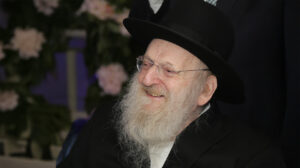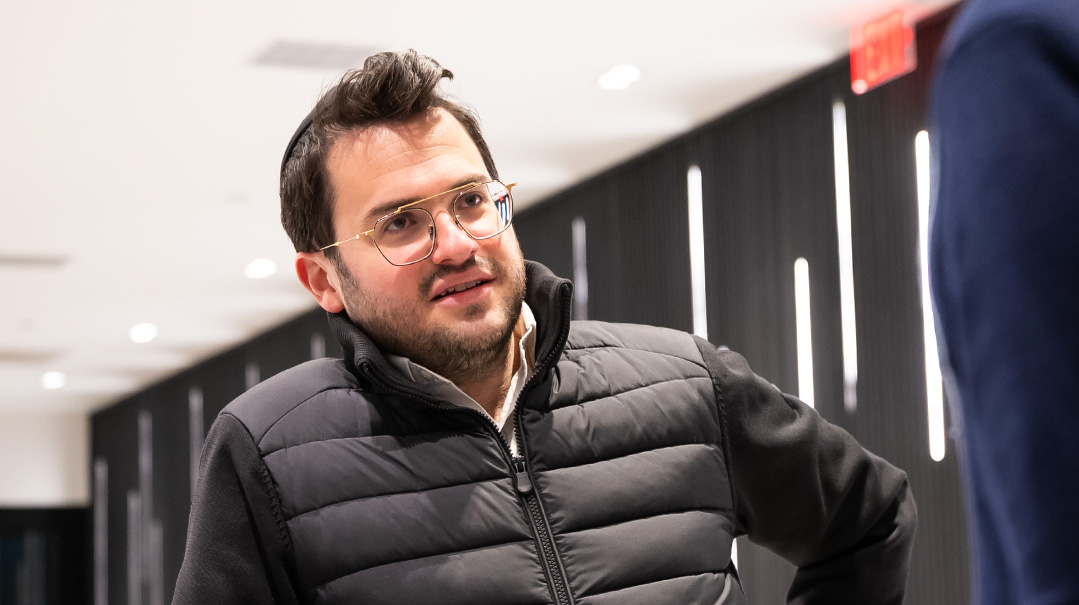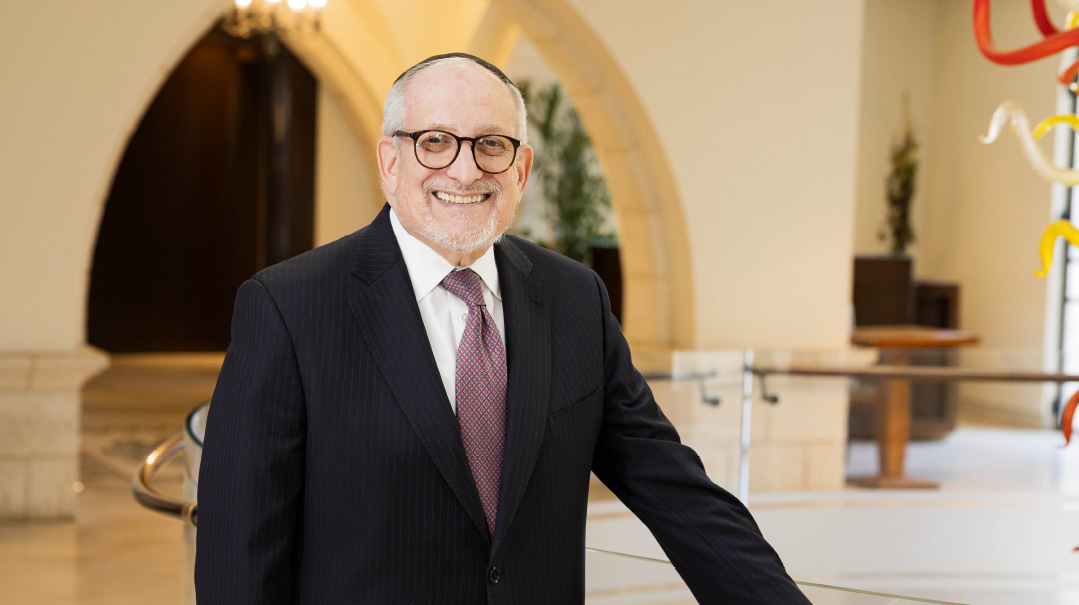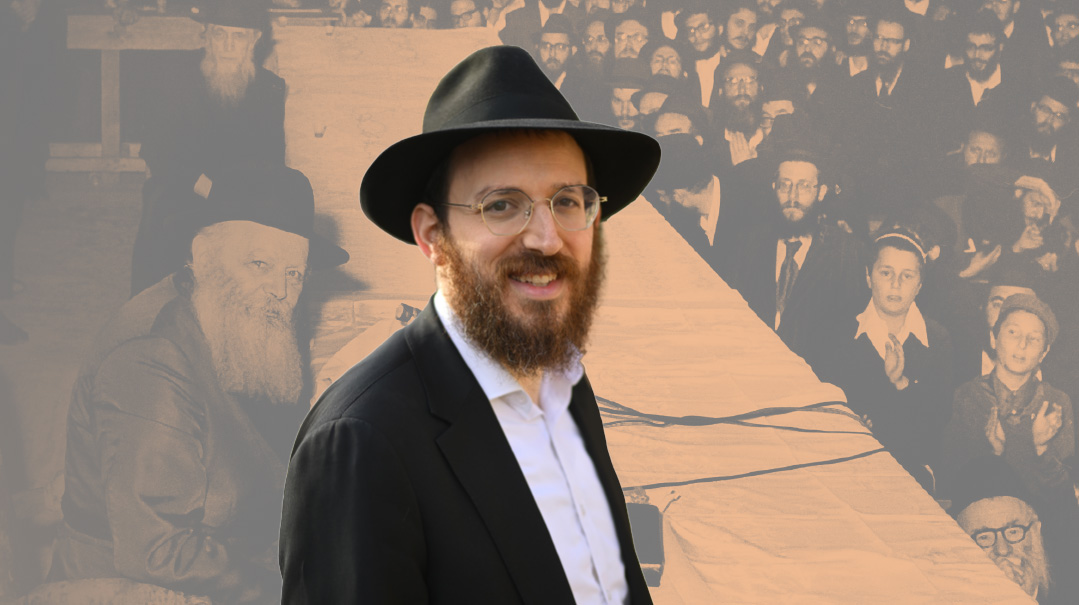A Beacon from Baltimore

As a young man of twenty, Rabbi Naftali Neuberger, ztz”l, met with Rav Yaakov Yitzchak Ruderman, and so began a “career” of taking responsibility for the world, a passion that would eventually spread light throughout the globe — from Baltimore to Iran, and from Great Neck to Panama.
T raveling from Baltimore’s Penn Station to Mt. Wilson Lane, just northwest of the city limits, one passes through the city’s frum community, with signs of a flourishing kehillah evident on all sides: shuls, homes with mezuzos on their doors, and stores carrying goods for the Jewish community.
One building catches the eye. Rising high above Park Heights Avenue, this edifice is somewhat of an architectural curiosity. The design, color, and flair suggest a Persian influence, incongruous among the more traditional buildings on either side.
There are words emblazoned across the structure’s front: “The Rabbi Herman Naftali Neuberger Building.”
It’s a shul, a congregation serving a tzibur from Iran, where they preserve a mesorah thousands of years old, here, in the freedom and safety of America, but those words pay tribute to a Yid from … Wurzburg, Germany.
In light of that, the building fits right in, one in a line of mosdos that benefited — whether directly or indirectly — from one man, Rabbi Naftali Neuberger, and his credo: achrayus.
In addition to being informative, the opportunity to sit with two of Rabbi Neuberger’s five sons — Rav Sheftel, his father’s successor as menahel of the yeshivah, and Rav Shraga, a maggid shiur at the yeshivah — also proves to be delightful. It’s always a pleasure to sit with talmidei chachamim and hear their perspectives and insights, but all the more so here: the Neuberger’s “have it,” as they say. They know how to tell a story, deliver the punch line, and keep it entertaining. Every so often, a good-natured brotherly disagreement will erupt about an exact date or detail, but even those moments are enjoyable.
That atmosphere, I discover, is really just a carryover from the world at the center of this family, this yeshivah; the beis medrash of Ner Israel, where “geshmack in learning” isn’t a cliché, but a reality.
At the levayah of the Rosh Yeshivah, Rav Yaakov Yitzchok Ruderman, Rav Elya Svei said that geshmack in learning is “the hallmark of a Ner Yisroel talmid.” Anyone who has ever encountered a talmid can confirm it: there is a certain energy, an enthusiasm, with which they share a kushya, offer a teirutz. In Ner Israel and in its alumni, one senses the delight in Torah.
And the generations of alumni have taken their places on the front lines of American and world Jewry, as marbitzei Torah and committed, erliche balabatim, all carrying the torch of achrayus invested in them into their own homes and communities.
It’s a dream fulfilled in the most grand of ways, a vision formed during a mysterious conversation back at a time when most of the Jewish world sat, pensive and pessimistic, wondering if tomorrow would come.
Humble Beginnings
It’s hard to pinpoint that first act of achrayus, the one that set a trail in motion.
Was it that of Rav Shimshon Refoel Weiss, who earmarked the potential in young Herman and suggested that he travel to Poland, to the Mir?
Oops! We could not locate your form.












